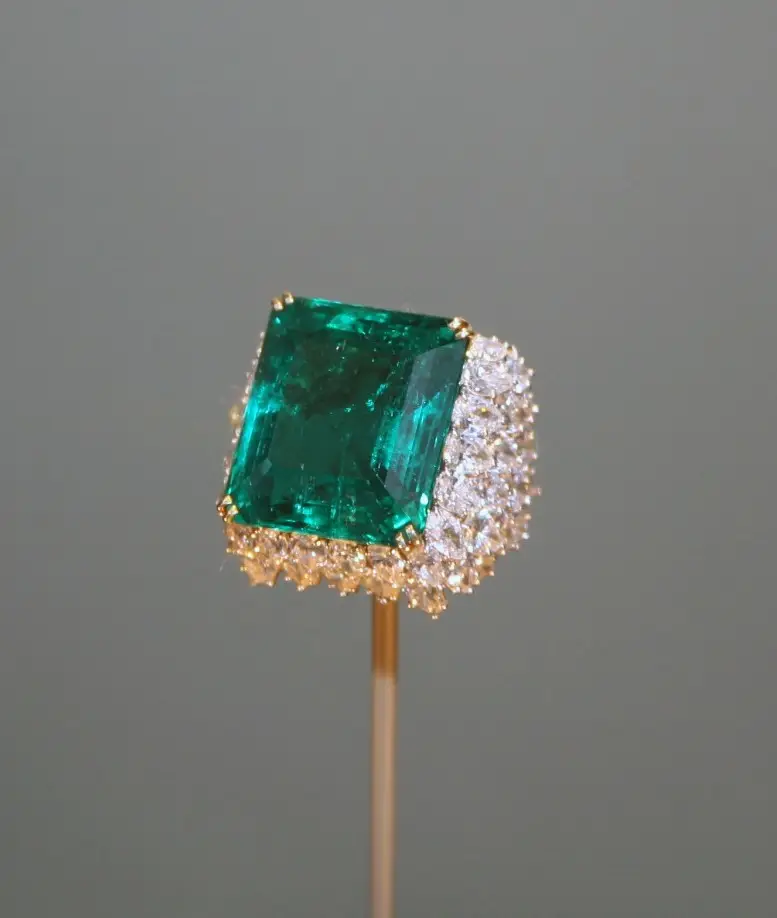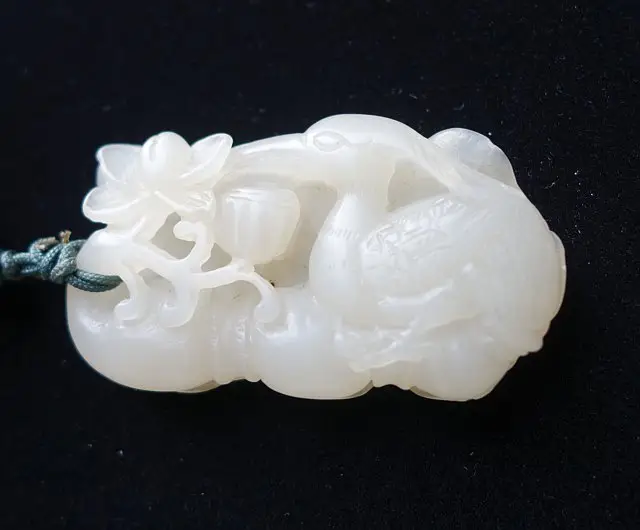Introduction
Beryl represents a whole family of rare gemstones, the most famous of which is the green beryl called “emerald“.
Among the multitude of green gemstones, emerald can be described as the gemstone variety with the longest history and worldwide recognition, so much so that even today the term “green gemstone” is still synonymous with emerald.
Emerald is the most important member of the beryl family, one of the precious gemstone varieties, and the representative variety of green gemstones. It is also highly renowned in the industry, ranking alongside diamond, ruby, and sapphire as one of the four precious gemstones.
Emerald
- Crystal system: hexagonal crystal system
- Hardness: 7.5~8
- Specific Gravity: 2.67~2.78
- Luster: Vitreous luster
- Transparency: Transparent to opaque
- Color: Green
- Refractive Index: 1.566~1.600
- Birefringence: 0.004~0.010
- Fluorescence: orange-red fluorescence in long and short wave
- Cleavage: Imperfect cleavage.
- Characteristics: Pleochroism, occasional chatoyancy, abundant inclusions
Commercial Value of Emerald
The advantages of emerald mainly come from three points:
- The chromium-bearing green color, whether intense or gentle, can be comparable to old mine or vivid green jadeite.
- Emeralds with high clarity have excellent transparency and offer more choices for various fancy cuts than jadeite. Lower clarity emeralds can be cut en cabochon or carved.
- World-class market recognition, listed among the four precious gemstones alongside diamond, ruby, and sapphire.
Color is considered the most important factor in evaluating emeralds.
In the Gemological Institute of America (GIA) classification, gem-quality emeralds can be divided into three grades based on their color, from low to high: commercial grade, medium grade, and top grade. Generally speaking, the difference between a good and bad emerald color lies in whether the color is pure (Hue), whether the color is moderately light or dark (Tone), and whether the color is vivid (Saturation). For the most famous “Colombian” emeralds, an intense green or green with a slightly bluish hue in a medium to deep tone has become the symbol of a high-quality emerald.
One of the biggest characteristics for identifying emeralds is their low specific gravity.
Among precious gemstones, emeralds, being from the beryl family, have a lower specific gravity and refractive index, which can also be said to be their characteristic.
In addition, there is an unwritten rule that emeralds must contain chromium to be distinguished from ordinary green beryl. There was a lawsuit abroad regarding emeralds where the buyer argued that although the emerald in his possession was green, it did not contain “chromium ions,” so it could only be called green beryl. He won the case, indicating that emeralds must contain chromium to not be equivalent to green beryl.
It is very difficult to find flawless emeralds. In fact, it can be said that emerald gemstones invariably have some cracks and inclusions. The variety and complexity of their cracks and inclusions are even referred to by researchers as a “garden.”
Too many inclusions naturally affect the value of the gemstone, but for gemstone researchers, emerald inclusions are invaluable samples. By observing different inclusions, the different origins of the gemstones and their growth environments can be distinguished.
Despite the fact that emerald inclusions greatly affect the gemstone’s appearance, its beautiful green color remains unmatched by any other gemstone.
Photo credits




